Today one of the Santiago’s critical issues is air pollution from industries and transport emissions. In Chile, the emission of co2 per person is 4.5 tones every year. According to the center of environmental research, the population of Santiago will reach 8.3 million people by 2030, and level of motorization will increase almost twice. Due to increased level of congestion the average travel time by car will become around 40 minutes and the same route by public transport (ground) will take 50 minutes. Hence prudent planning of transportation is required.
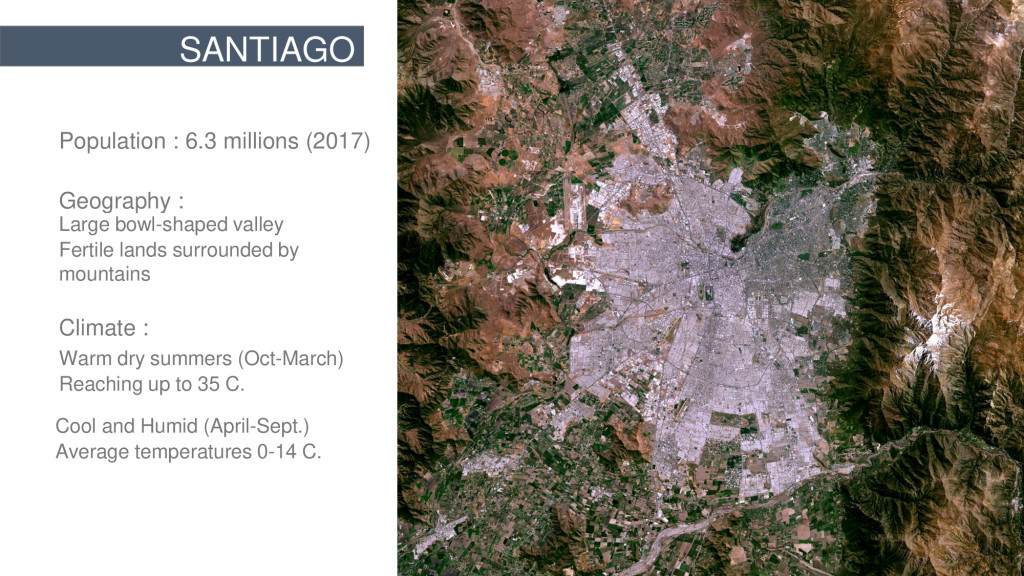
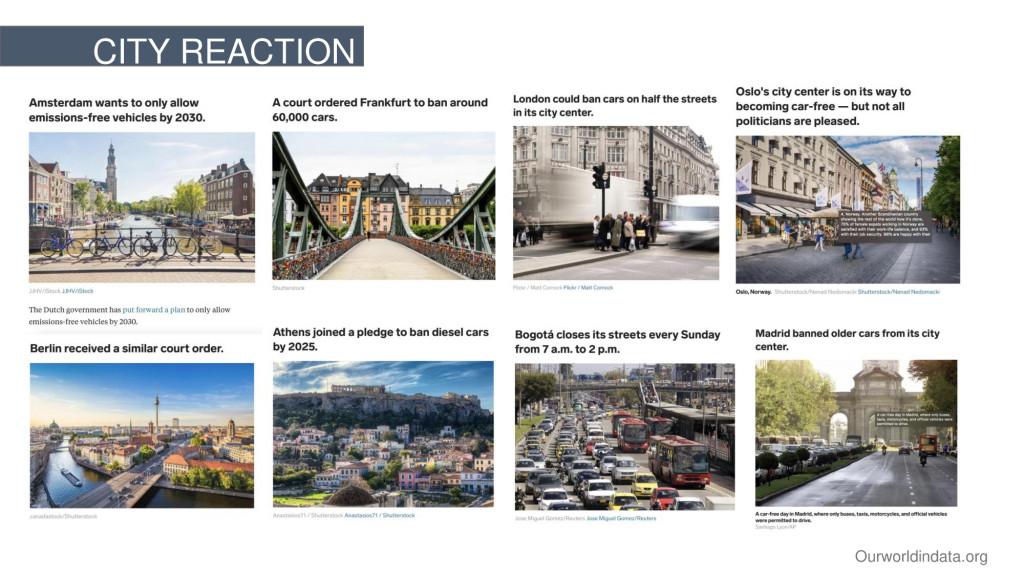
Many cities around the world are trying to enhance air quality by reducing the number of private cars and force people to travel by public transport.
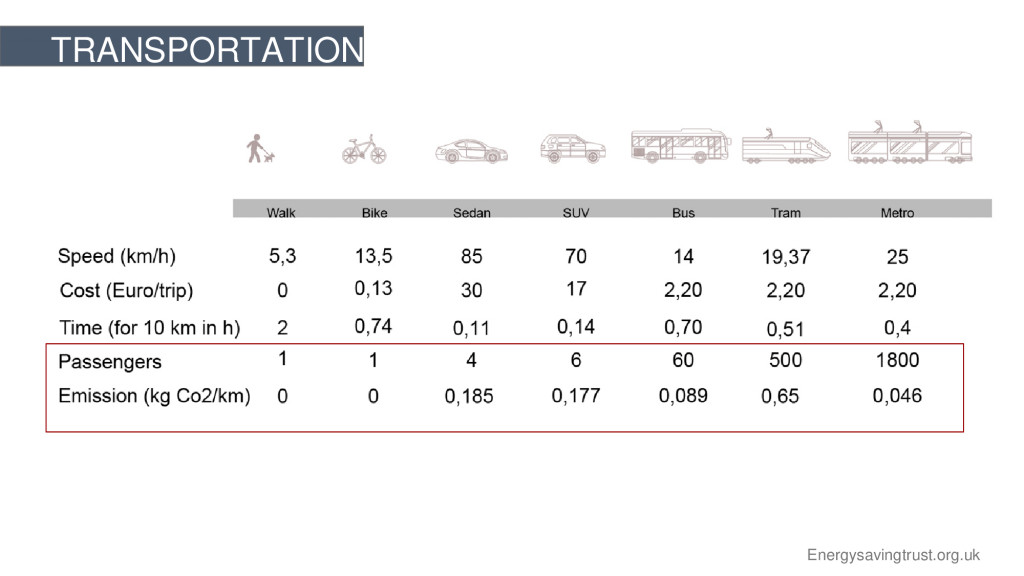
It is cheaper, faster, healthier and ecologically sensitive. 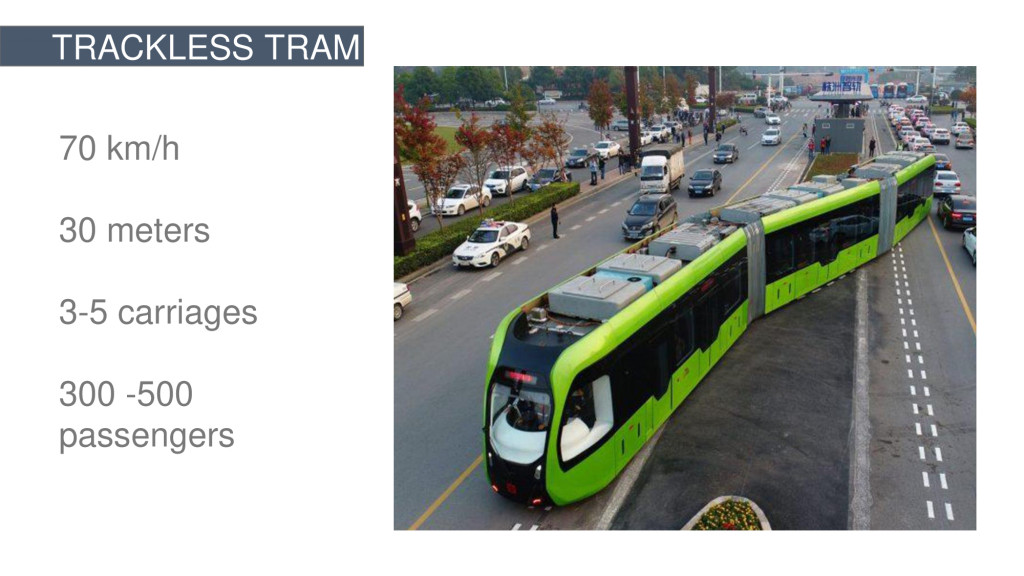
One of the most efficient alternative is the trackless tram that doesn’t need the physical rails to be constructed. Instead it uses digital grid and sensors. 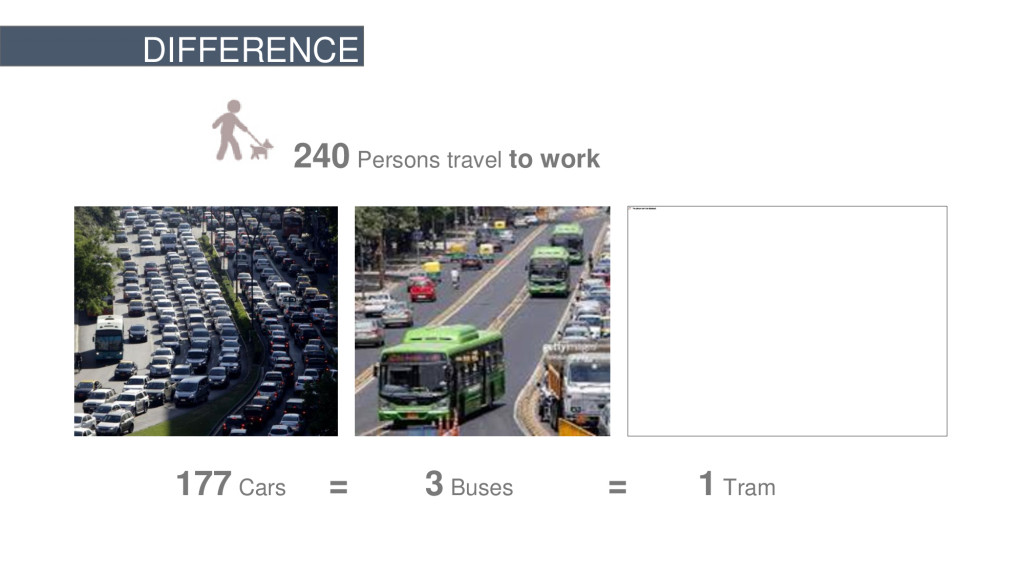

The closest major city and seaport to Santiago is Valparaiso that is 114 km away. 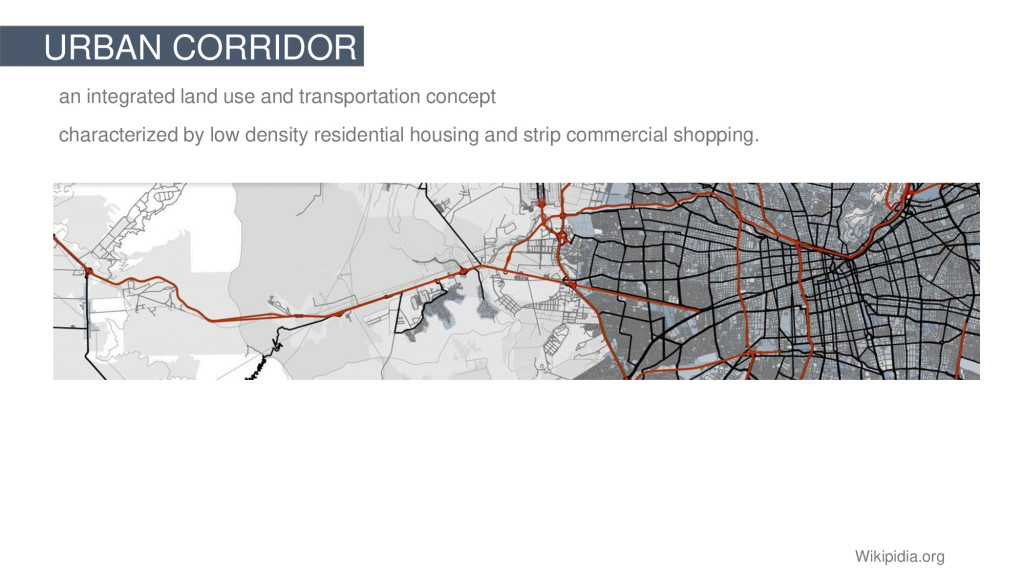
The corridor (route 68) between the cities is significant spine of development. It is going to be occupied by residential construction in the future.
v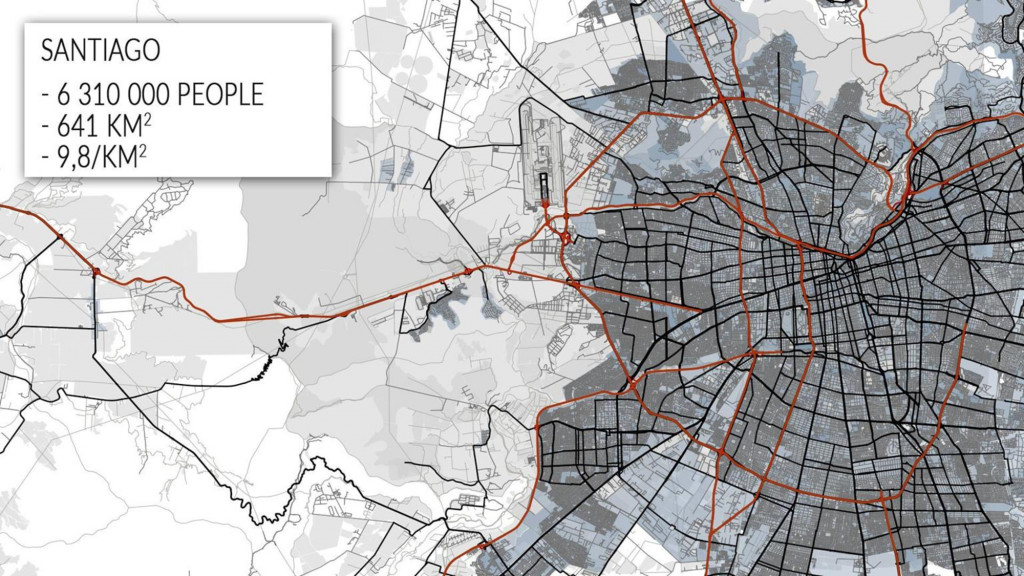
Today the population of Santiago is about 6,3 million people and it is located on the area of 641 km2.
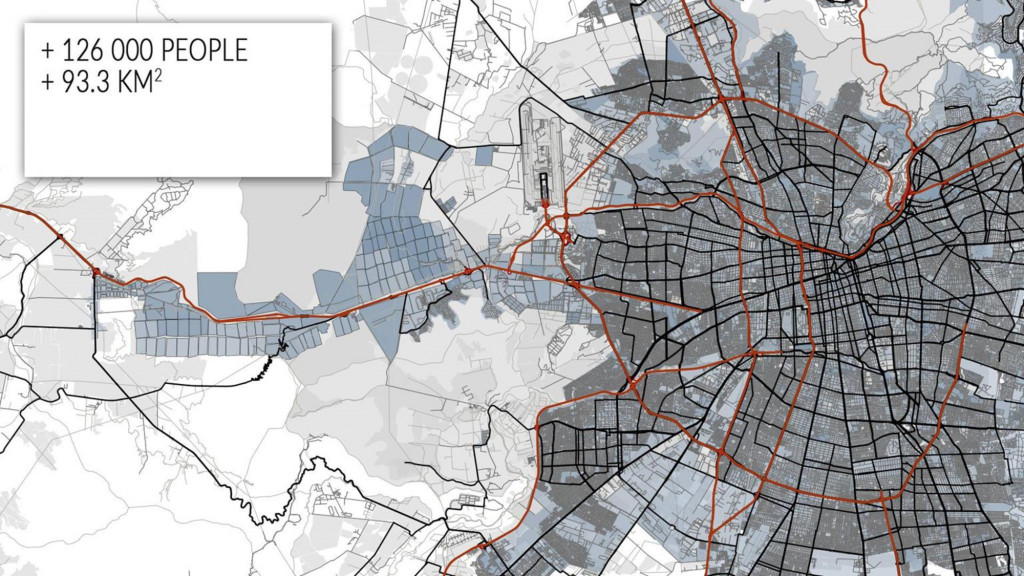
The government is going to develop the land along highway and provide habitat for 126 000 inhabitants by urbanizing area along the highway to Valparaiso.
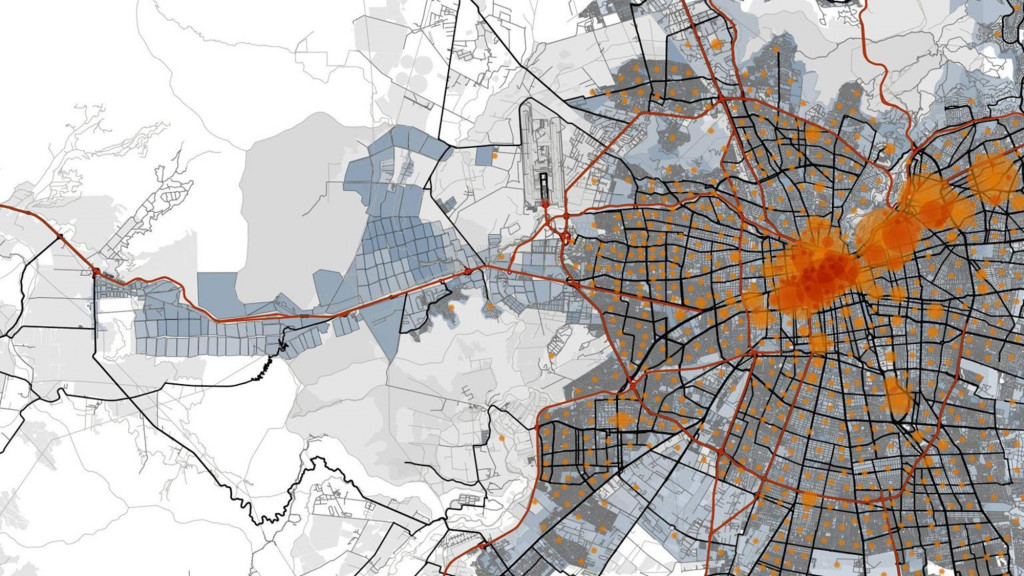
Currently work spaces are concentrated in the city center. So commuter migration is inevitable that creates conjunctions during peak hours.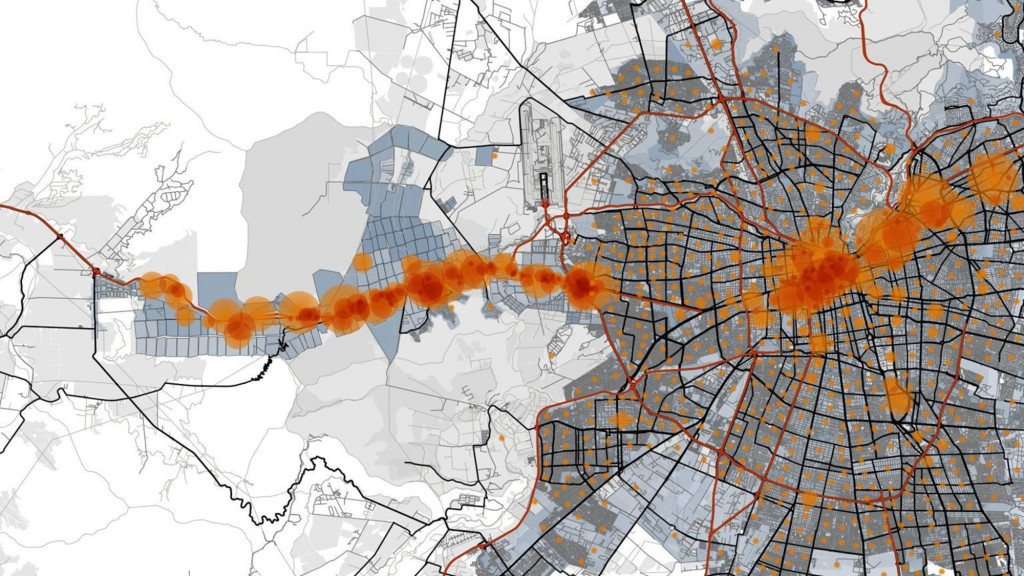
More attraction points along the spine will reduce longer trips to work places by offering people working places closer to their new homes.
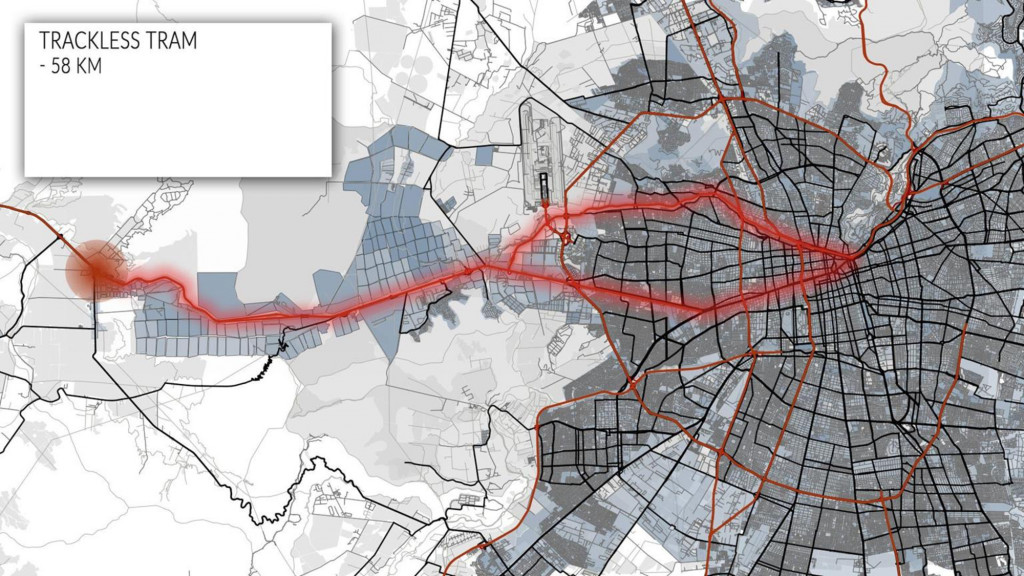
In order to decrease the number of private cars and reduce air pollution, cars will be banned on the spine from city center to boundary of new development. All travelers from Valparaiso will have to leave their cars in parking lots in Los Panguiles. Instead they will travel more efficiently on 58 km of trackless tram routes which will be adaptable to commuters’ needs.
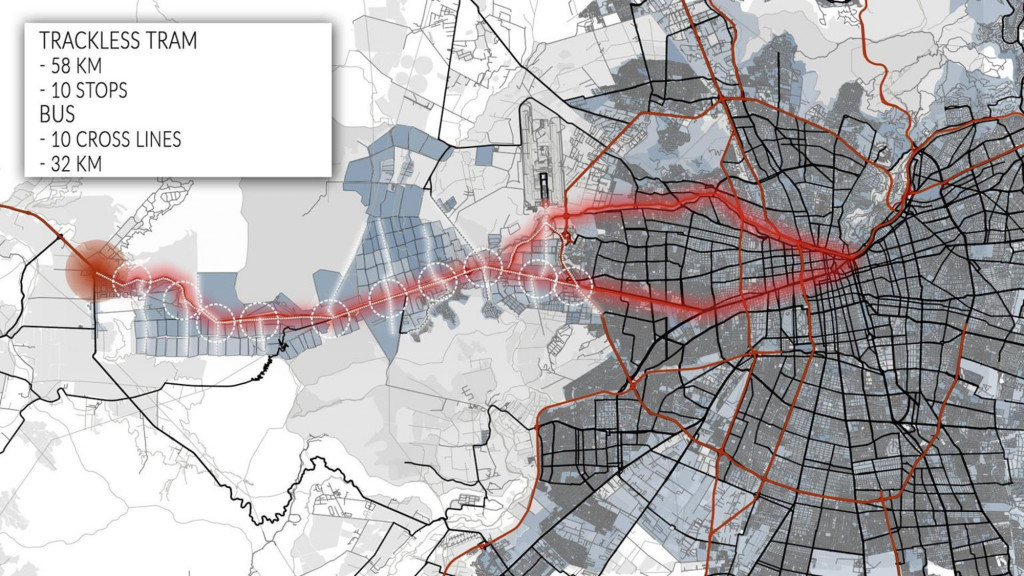
That tram will have 10 stops in every 2,5 km and will be supported by additional bus routes in every intersection and one parallel to the tram.
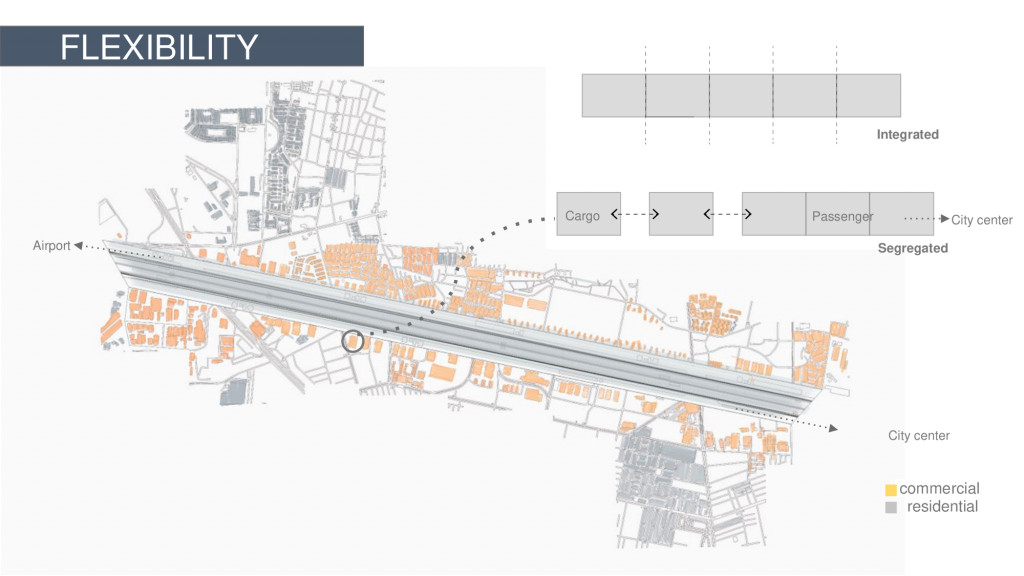
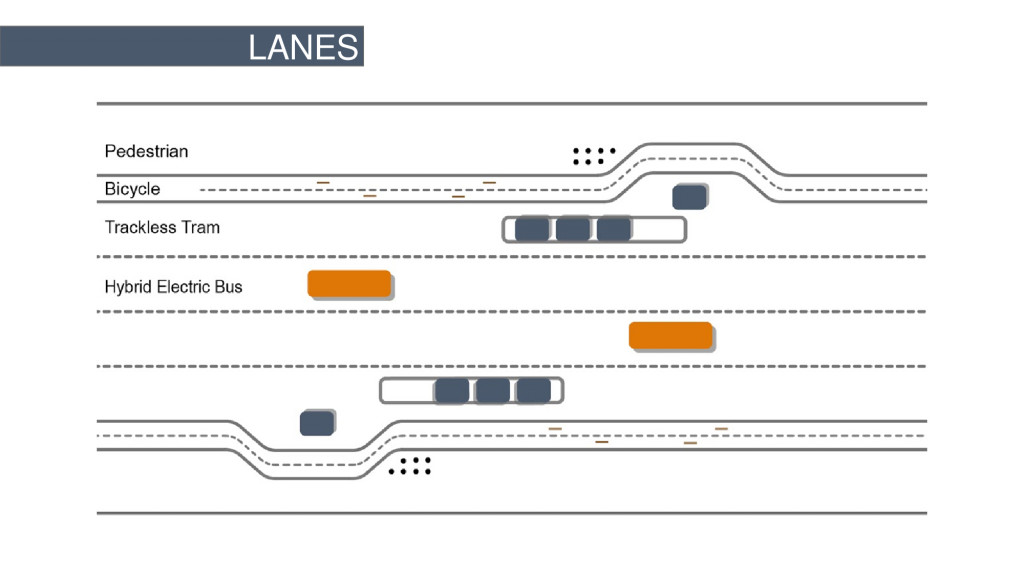
Moreover the trackless tram will be able to carry not only people but also serve commerce by transporting goods and products. As it will travel to and from the city center it will drop its carriages in special pockets in front of commercial buildings.
.
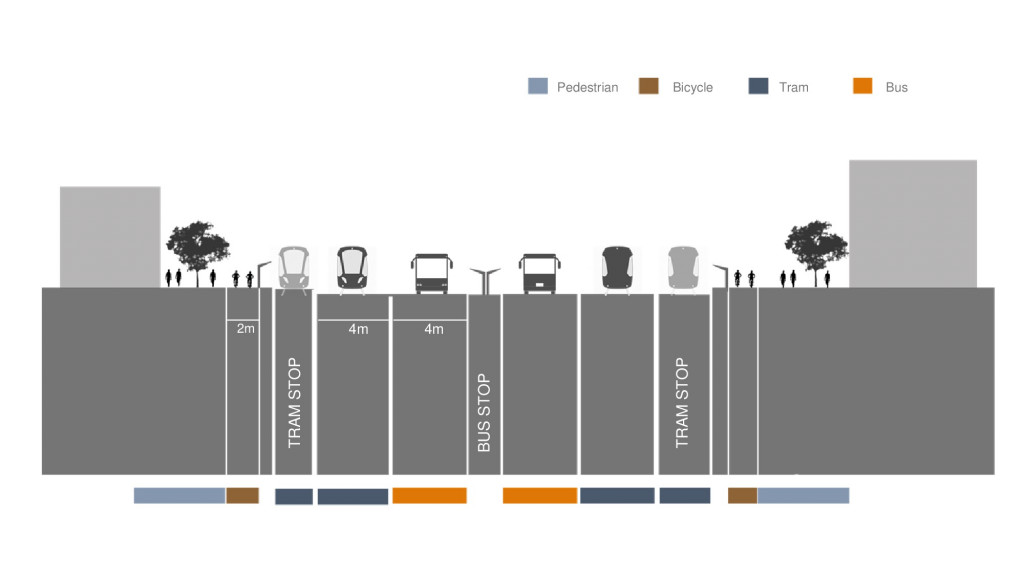
0 emission, shared and potentially autonomous vehicles will be incorporated in the transportation system that will compliment activities of pedestrians and reduce carbon emission.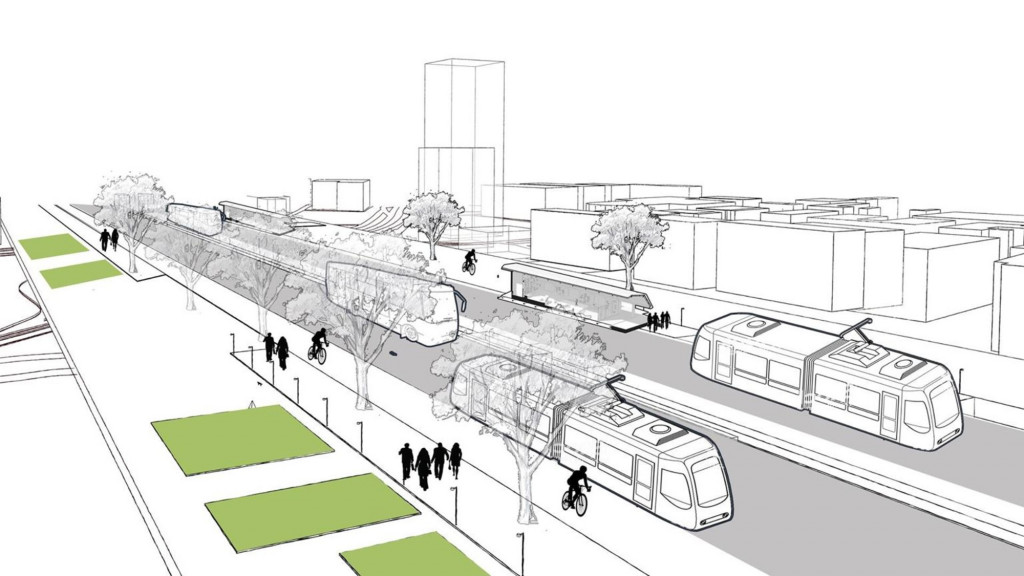
Hybrid TOD of Santiago is designed to act as a pilot project to promote sustainability, safety and adaptability in design of transportation systems in the cities around the world.
References-
https://www.energysavingtrust.org.uk/
https://ourworldindata.org/
https://www.weforum.org/
Hybrid TOD of Santiago is a project of IAAC, Institute for Advanced Architecture of Catalonia developed in the Master in City & Technology in 2019/20 by
Students: Akshay A Marsute, Linara Salikhova, Michelle Rodriguez, Pawitra Bureerak
Faculty: BuroHappold- Sebastiano Scacchetti